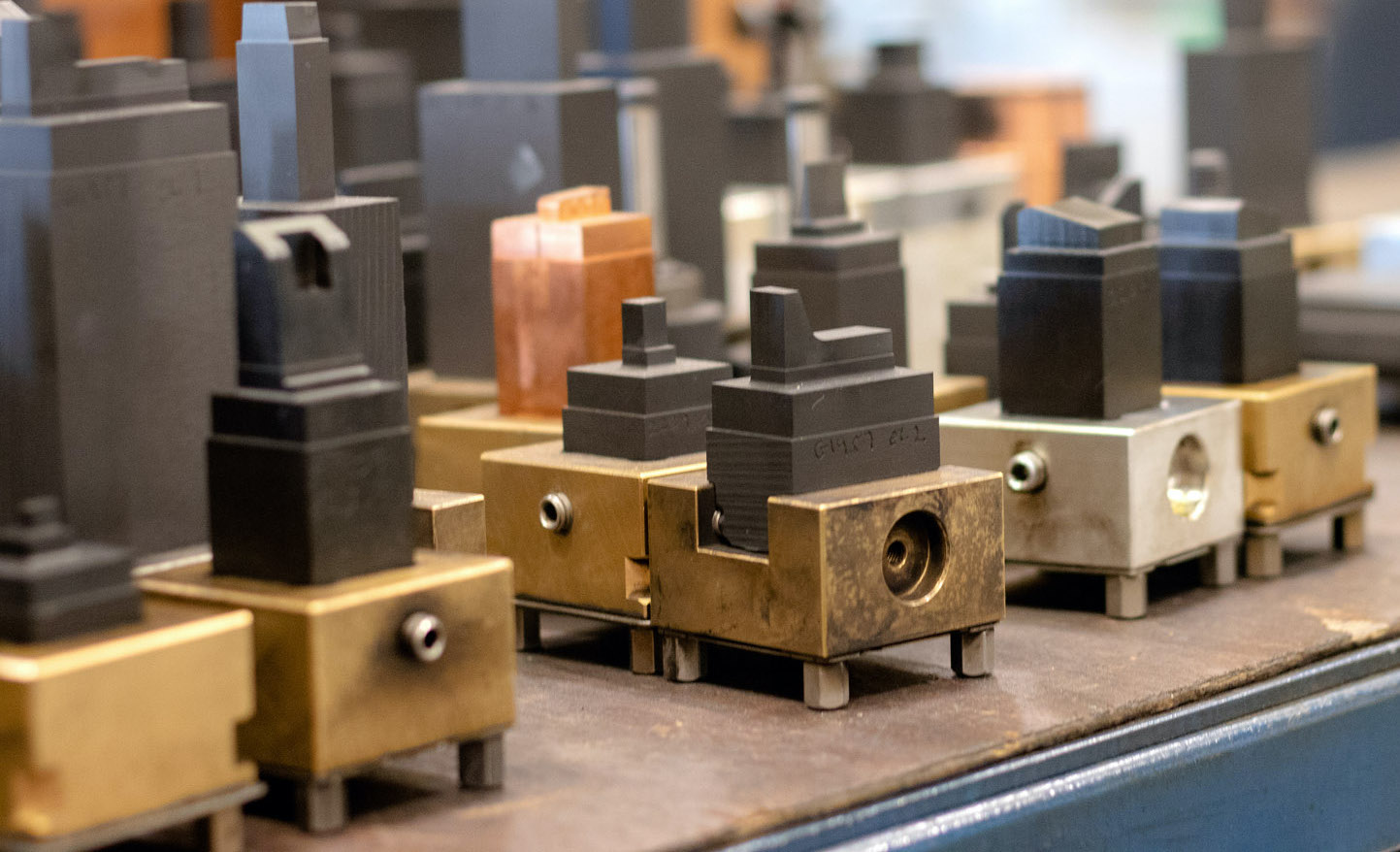Pro Moulds has been a pioneer in the injection moulding industry for years. With a host of happy clients, ongoing contracts and fantastic companies around the UK, we’re able to say with pride that we’ve built a service tailored to anyone! I’m mentioning this because I wanted to illustrate the fact that we know what we’re doing and how to get the best results possible.
We manufacture injection moulding tools and products to suit the needs of many. Often we need to collaborate with our customers to decide which will be more beneficial and what the difference is between single and multi-cavity moulding.

What is cavity injection moulding?
Cavity injection moulding is a process that falls under the injection moulding cycle. It’s simply a sequence of events that help to create your products over time.
The process begins when the moulding closes and is secured tightly. Then, thermoplastics or your chosen materials, are pushed/injected into the mould through a sprue or gate (these are channels that carry your material).
Once the material has filled the cavity entirely, the process can come to a stop. Everything is then left to cool and harden whilst the product can be evaluated, developed and any issues can be rectified before mass production of the final product.
1. Single cavity
A single cavity mould is simply a mould that only has one cavity needing to be filled with your chosen material. This can be for a range of products or parts that are often small or have a simple shape that makes it easier to design. This also means that you only produce one product per injection cycle.
2. Multi cavity
A multi-cavity mould is the opposite of the above. The multi-cavity moulds are designed to make a number of products all at the same time. This means that you can reduce your manufacturing time per batch.
This is one of the reasons why multi-cavity injection moulding is such a sought after manufacturing process. It is used all over the world by those looking for a cost-effective way of mass production.
So which one do you need?
Well, deciding which type of cavity injection moulding you need depends entirely on your project and the kind of budget you’ve assigned to is. In some cases, each type of cavity mould can be cost-effective in its own way. However, multi-cavity moulding often offers a lower cost per part when compared.
What’s more, depending on the number of units you’d like to create, we can help you to plan which will be more effective. For example, it sounds simple if you’re only needing one product, there is no point in a multi-cavity mould unless you have a number of parts that are put together to create the product.
Cycle time
A great way to choose the right style for you is to consider the number of products you need to create and the amount of time you have to create them.
Cycle time refers to how long it takes for one round of the injection moulding process. If your cycle time is 3 minutes and you need 100,000 products, it’ll take to over half a year of round the clock injection moulding to complete the order with single cavity moulds.
If you’re interested in finding out a little more about which kind of cavity moulding you might need, give us a call on 01623 904 417. Even if you just need some advice!
